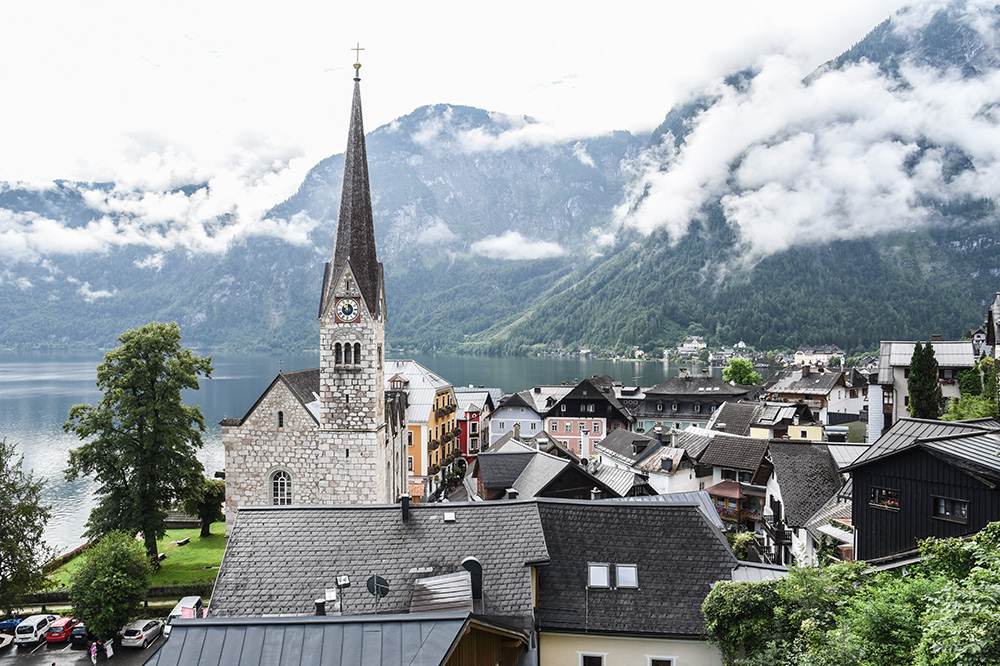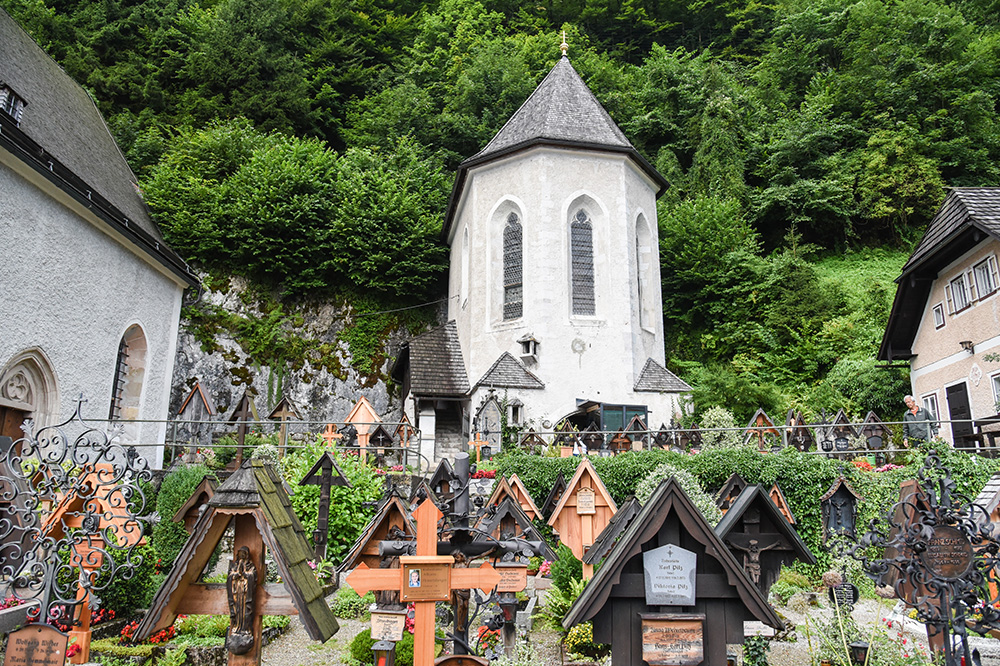Hallstatt
HALLSTATT
The village Hallstatt is such an unbelievably spectacular place that even the Chinese have created a copy of the ancient salt mine village.
But only in the original will you discover this truly unique culture with such a history all in a breath-taking mountain setting.





The picturesque village on the lake with the same name owes its existence to the rich salt deposit of salt in the mountain of Hallstatt. 7000 years ago, as the prehistoric humans from Hallstatt began to take the salt from the salt mine who would of guessed, that this little village would give its name to a period in history – the Hallstatt period (800-400 BC). Rich findings in Hallstatt and the upper valley of Hallstatt gave this village international recognition; even today discoveries are still made in the salt mountain of Hallstatt. Among the most beautiful places of interest are the oldest salt mine in the world and the ossuary in Hallstatt.
Alongside the world’s oldest salt mine and the idyllic, world-famous postcard view, the charnel house or ‘Bone House’ in St. Michael’s Chapel is one of the most interesting tourist sites in Hallstatt. The chapel dates back to the 12th century and is located next to the catholic parish church
Skull painting was carried out primarily during the 19th century and belonged to a cultural area that mainly consisted of the eastern Alpine region (the Austrian Innviertel, Upper Austria, Salzburg, Tyrol, and Bavaria). Even during modern times, this custom has still been in use in Hallstatt. Hallstatt is home to the largest collection of skulls ever, with few other collections still in existence. When an existing grave was reused for a new burial, the skull or bones were transferred from the grave to the charnel house or ossuary as part of a second funeral. The identity of the deceased family member was preserved by decorative paintings and inscriptions. Depending on the family relationship or based on artist choice, the skulls were labelled with names or initials. At times, no markings were used to identify the deceased.
Although it is clear that various methods of painting were implemented, there is also evidence that the painting style followed a particular development. This evolution is also apparent in the manner in which the names and initials were written. Prior to a study from 1974 to 1993, there were conceptions regarding the painting which did not correspond with the actual artistic development. It was also accepted that the skulls had been placed in the charnel house due to a lack of space in the churchyard. During earlier investigations from 1948 to 1950, 2104 skulls, both painted and unpainted, were documented. Since there were approximately 30,000 entries in the church death registry prior to 1900, it is clear that the remains of the individuals housed in the charnel house represent only a small fraction of the deceased population.
Price from Prague to Hallstatt. Other departure destionations and cities upon request.
Mercedes Benz E class 1-3 persons
15 000 CZK / 528 €
Mercedes Benz V class 4-6 persons
17 500 CZK / 642 €
